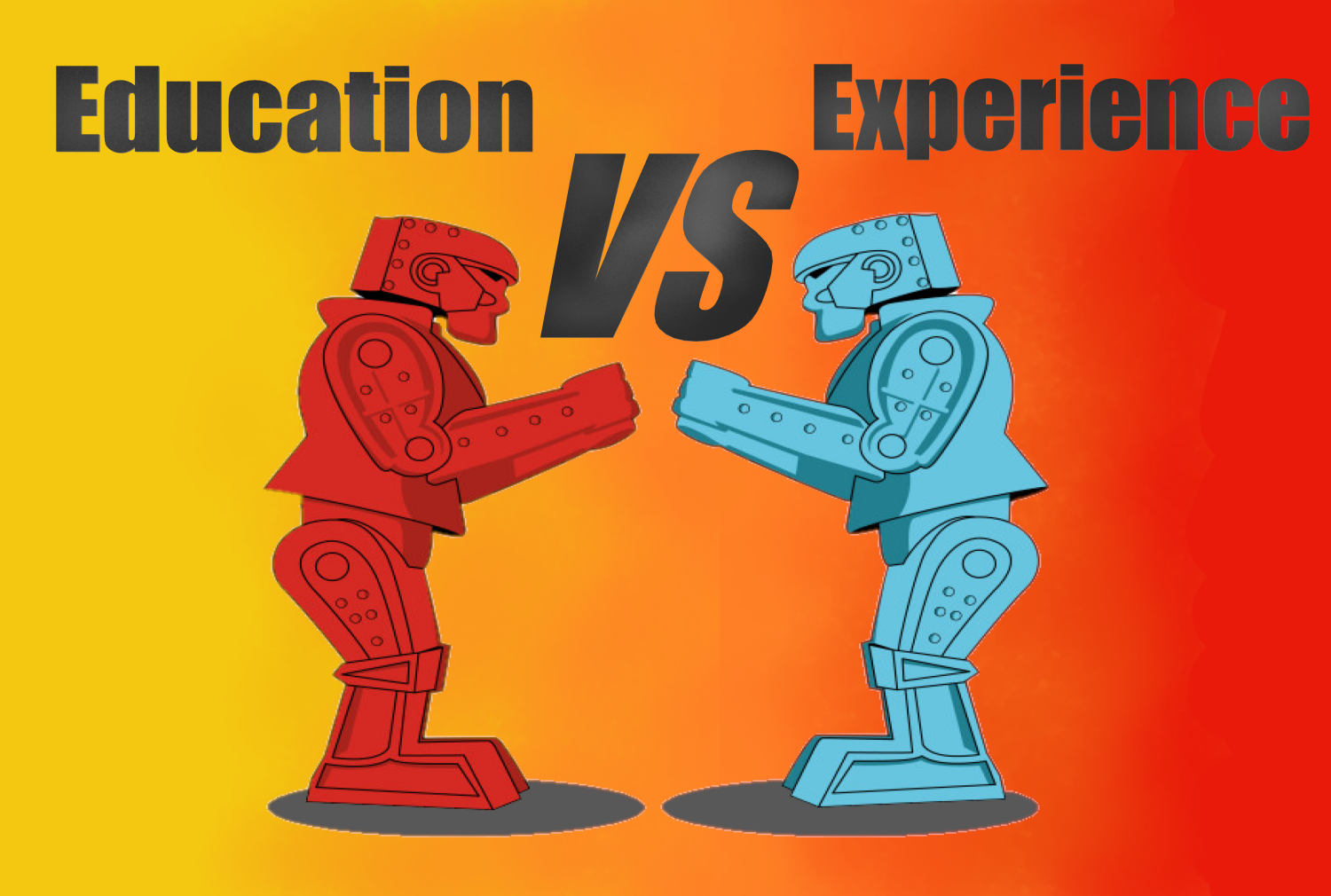In a report by the Ministry of Manpower (MOM) that the number of retrenched workers have increased drastically this year. The report reveals that 3,230 workers were retrenched in the first quarter of this year, higher than the quarter before (2,510 workers) and a year ago (2,320).


“While retrenchments have been… lower in 2018, the figures in the first quarter hint at retrenchments picking up.“
In this post, you will learn the ways to get through such a situation of retrenchment. We got your back!
Why is retrenchment increasing?
1. Business restructuring and reorganisation
As we enter the digitalised world, more companies, especially manufacturing companies are encouraged by the government to leverage technology to automate processes and keep up with the ever-changing industry.


Hence, indirectly resulting in layoffs as automation takes over jobs. Which is the reason for the fall in demand for labour and the decline in job vacancies.
Furthermore, due to the US-China trade war and that most Singapore companies are US-based, more companies are implementing more conservative hiring practices. Meaning, they are anticipating possible future losses as the extent of the impact the trade tensions have on Singapore is unpredictable.
2. High costs and a downturn in the market
US-China trade war, a national news and ongoing economic conflict that significantly affects everyone, plays a huge role in the rise in costs and downturn in the market.
Electronics supply chains, especially those that rely heavily on China’s market, are the ones that are deeply disrupted by the tariff war. According to Consumer Tech Association (CTA) in an article by CNBC, it states that “previous batches of tariffs already in effect have affected electronics, costing the industry $10 billion since July 2018, they were mainly focused on parts and components”.

Although the latest trade war news mentioned that there is a pause in the tariffs escalation where Trump agreed to forego an Oct. 15 increase to 30% from 25% in the tariffs collected on some $250 billion in imports from China, other economic threats remain. Such as the 25% and 15% tariffs. Which will still affect finished goods, hitting consumers’ wallets.
This shows that electronic companies had to strategise to reduce costs, and the plan they chose was to trim headcount. With the high tax remaining, more manpower has to be forgone to lower costs.
READ ALSO: Is E-commerce Worth the Effort?
3. Personal encounter
During the HR & Learning Show Asia 2019, I encountered several retrenched workers, aged mid-30s to early 50s, who were sourcing for jobs. And as a hiring agency that aims to find suitable jobs and companies for talents (vice versa), my team and I offered our services to aid them to the best of our abilities.
For example, we asked them to download Jobs007 to look at job posts from recognised companies such as Changi Airport Group, Fujitsu, ComfortDelgo, SMRT, United Parcel Service (UPS), etc.
And even jobs from MyCareersFuture.
Moreover, I also met a couple of Grab drivers who were retrenched from their companies. One of them was even jobless for almost 9 months long due to his age, outdated skills and the conservative hiring processes implemented by most companies.


Ms Linda Teo, country manager of ManpowerGroup Singapore said: “Companies across sectors are cautiously optimistic in their hiring plans due to the uncertain economic outlook.” Reason being, most Singapore companies are US-based and are strongly affected by the outcome of the US-China trade war.
4. Retrenchment articles
During my research, I came across articles about MOM retrenchment benefits, such as MoneySmart and AsiaOne.
This made me infer that retrenchment in Singapore is rising as writers will usually write about current or upcoming trends. And retrenchment is one of them.
There’s even an article about guiding companies on how to retrench employees compassionately!
Potential ones to be retrenched
Referred from Today Online and The Straits Times:
- The top 3 industries that are facing retrenchment are electronics (18% of the retrenchments), followed by the services industries such as wholesale trade (16%), and the transportation and storage sectors (10%).
- As professionals, managers, executives and technicians (PMETs) form a larger segment of the workforce, they are more vulnerable to be laid off as compared to lower-skilled workers.
- PMETs continued to form the majority of retrenchment at 69%.


“We are heading into an (economic) down cycle, and it will play out on the labour market. PMETs will be the ones who bear the brunt”
- Mr Song Seng Wun from CIMB states that “Slower employment growth is likely and companies will be more selective when it comes to hiring. For domestic-oriented services relating to social services, IT security or e-payments, there could be a modest labour demand. But for those highly dependent on trade, they will find it more challenging to make jobs available.”
- As the tightening of hiring policies for mid-to higher-skilled roles is lesser compared to lower-skilled workers, PMETs face a higher risk of being retrenched.
- PMETs position requires specific expertise and has a higher expectation to meet due to the digitalisation of industries. Hence, job-skill mismatch often occurs, causing the worker to be retrenched.
“If you look at the profile of retrenched residents… degree holders and older workers are more vulnerable.”
National Trades Union Congress assistant secretary-general Patrick Tay
- Long-term unemployment rate for residents under 30s has increased by 0.4% over the quarter, after trending down from December 2017.
- It will be more difficult to re-enter the workforce for those who have been jobless for a long period. This often occurs to those who spend most of their time sourcing for their ideal job.
READ ALSO: Career Tips for Youth: Choosing Your Own Path
Ways to remain in the workforce:
- Attend in-house training (if your company provides).
- Don’t be complacent. Continuous learning and improving is key.
- Participate in upskilling curriculums provided by your companies – Eg. classroom-based training, online learning and simulator classes
Ways to get back on track:
“Problems are not stop signs,
they are guidelines.”
– Robert H. Schuller
- Upskill yourself to remain relevant to the growing industry – Attend programmes or workshops; Self-learn, Google has everything; etc. Examples of workshops:
- Improve your CV and interview skills – NTUC’s Employment and Employability Institute (e2i) provides workshops for them.
- Apply for internships or apprenticeships – First-hand experience is always the best training ground.
- Send resumes to recruiting agencies or job portals such as IoTalents. There are still companies looking for talents like you!
- Download job portals, such as Jobs007, to keep yourself in the loop of open opportunities.
- Seek counselling and career management programmes, such as WSG’s Careers Connect.
- Ask friends or families to refer you to their company (obviously for a job that suits you) – referred candidates stand a higher chance to be employed
- Try out freelancing to gain more experience and exposure to the current industry. – Don’t underestimate freelancing as freelancing can bring success to you too!


Every problem is an opportunity for you to be better, make use of it instead of letting it use you. It’s up to you to turn your weakness into your strength.















